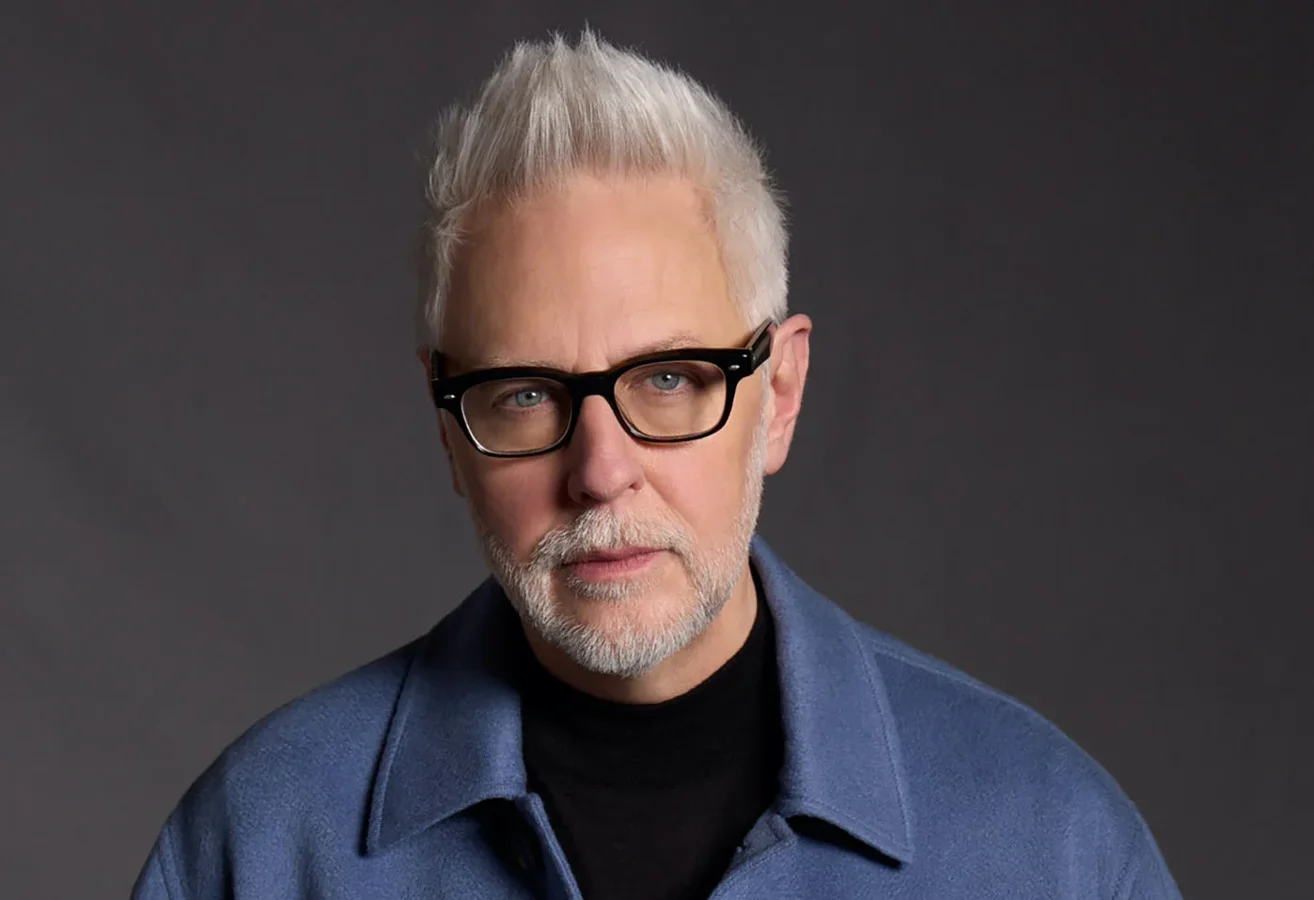As James Gunn shapes the future of the DC Universe (DCU), he emphasizes crafting stories that stand independently while contributing to a broader narrative. This approach allows fans to engage with any movie or TV show without prior knowledge but still experience a cohesive saga spanning several years. The original outline for DCU’s inaugural era, Gods and Monsters, announced some years back, has since evolved as Gunn prioritizes quality and adaptability in his James Gunn DCU plan.
Long-Term Vision for the DCU’s Development
In a recent conversation on the podcast 2 Bears, 1 Cave, Gunn discussed the approximate timeline for the DCU’s grand narrative, suggesting it will span nearly a decade but remains fluid in execution. This flexibility is central to his strategy as production progresses. Gunn revealed,
“It’s like a decade, maybe a little less. It’s very loose too,”
he explained.
“You have to be careful because there were certain projects that were part of that plan – because my other rule is that I’m not going to greenlight anything without having a screenplay that I love. And there were other things that haven’t worked yet. You have to be able and willing to have the big picture in mind but also be able to shift anytime you need to. So the pinpoints are the same but some of the specifics have changed.”
This candid admission illustrates that while a broad framework guides the DCU, precise details of the lineup and timing are subject to change depending on creative readiness and quality standards. Gunn’s approach prevents forcing projects into predetermined slots, allowing the DCU to evolve organically.
Quality Takes Precedence Over a Fixed Schedule
One of the clearest examples of this approach is the emergence of Man of Tomorrow, a Superman follow-up film that Gunn is both writing and directing, slated for release in July 2027. Interestingly, this project was not originally part of the Gods and Monsters lineup, but its quicker development pace led to a revision of the overall release plan. Meanwhile, other scheduled projects such as The Authority, Waller, and The Brave and the Bold remain without official release dates, signaling ongoing development challenges or future adjustments.

Gunn’s commitment to quality over quantity signals a deliberate departure from the previous strategy of churning out numerous releases for their own sake. This is evident in DC Studios’ reported ambition to limit theatrical output to just one or two films per year. Such restraint contrasts markedly with earlier models where overwhelming market presence sometimes diluted impact. Ensuring each installment meets a high standard is essential, especially in these foundational DCU years, for both critical reception and fan engagement going forward.
Flexible Storytelling Versus Marvel’s Tighter Connectivity
DC Studios’ loose agenda distinguishes it from Marvel Studios’ tightly interwoven phases. The Marvel Cinematic Universe (MCU) phases, while subject to changes, generally maintain strong connective tissue between movies, culminating in monumental arcs like the Infinity Saga. Even stand-alone Marvel films often feed into, or reflect, the overarching plotlines.
Conversely, some DCU projects may not directly advance the larger decade-spanning story but exist as self-contained explorations. Gunn hinted that the overarching narrative will continue into Man of Tomorrow, while others like Supergirl and Clayface might function more as individual stories rather than direct puzzle pieces. This approach fosters diversity in tone and style across the DCU and accommodates creative risks.
Encouraging Creative Freedom Within the DCU
James Gunn’s strategy also prioritizes welcoming innovative ideas from filmmakers across genres. For example, the film Clayface originated from director Mike Flanagan pitching the concept to Gunn. It is developing into a unique, R-rated body horror set in Gotham City, serving as a gripping introduction to this part of the DCU. This openness empowers directors to contribute distinctive storytelling styles to the universe, which may broaden the DCU’s scope beyond traditional superhero fare.
By allowing creators like Flanagan to bring new visions forward, Gunn cultivates a collaborative environment where original ideas can thrive alongside the main storyline. Fans can expect varied tones and thematic explorations under this flexible umbrella as the DCU unfolds in the coming decade.
What This Means for the DC Universe Moving Forward
The evolving nature of the James Gunn DCU plan reflects an intense focus on artistic quality while managing the ambitious scope of a shared cinematic and television universe. This flexibility helps avoid the pitfalls of rigid scheduling and rushed production, offering better chances that each installment resonates and sustains fan interest. DC Studios’ measured release schedule further underscores this patient approach, designed to establish a stable foundation rather than quick, superficial expansion.
As the DCU progresses, adjustments and new creative voices will likely influence the path ahead, making it a dynamic, sometimes unpredictable journey. Gunn’s stewardship promotes longevity through careful planning while remaining receptive to change, aiming to balance consistency with innovation. For audiences and industry observers alike, this blend of structure and adaptability sets the stage for a potentially reinvigorated DC franchise that prioritizes quality storytelling above all.
